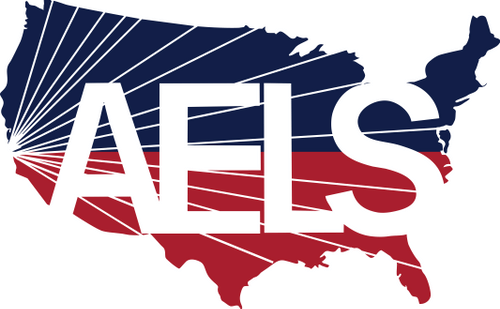
Using Must or Have to


In the English language, we use the word “must” or the phrase “have to” to describe things that are necessary for us to do. The word “must” and the phrase “have to” are both modals in English which are verbs that combine other verbs to tell the speaker the mood or tense of the sentence. A lot of English language students are confused about when to use “must” and when to use “have to.” To native English speakers, the word must is much stronger than the phrase have to.
When using the word must, it not only expresses an obligation to do something, it also expresses the speaker’s feelings and a specific thing.
For example, when you say, “You must come to my party,” the speaker is requiring that person to come and is inputting their feelings or necessity in the statement.
The word must also indicates something is against the law or not allowed.
For example, “You must not drink and drive,” says that you are not allowed by law to drink alcohol and drive.
Unlike using must, “have to” only expresses a need.
Using the phrase “have to” is strong, but only expresses general obligations and the speaker will not die if they are not done.
For example, “I have to go to the DMV,” says that the speaker needs to do it soon, but it is not a dire thing for them and they don’t have to go right that second.
If you choose to use either of these, make sure to place them between the subject and the base verb of the sentence.
Tagged: English Language School in LA
Published on January 31, 2022
A leading English language school accredited by the CEA (Commission on English Language Accreditation) and approved by SEVP (Student and Exchange Visitor Program) located in Los Angeles, California. Learn English in LA with our ESL classes, TOEFL preparation, and English speaking classes. Are you serious about improving your English? Join a class today!